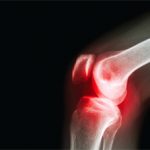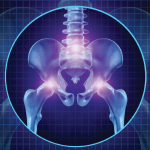“This is likely because muscles in men with greater body mass have more contractile tissue and strength, whereas in women with greater body mass more non-contractile adipose tissue is deposited within the muscle and hence cannot produce as much force,” Culvenor said.
Limitations of the study include the lack of an exact measurement of voluntary muscle activation to determine thigh muscle strength or a precise assessment of intramuscular fat, the authors note. Both of these details might help explain differences between men and women in the study.
Still, the results make sense because muscle strength, body structure and usage of the joint affects the odds that knee osteoarthritis will develop as well as its severity, said Dinesh Bhatia, a researcher at North Eastern Hill University in Meghalaya, India, who wasn’t involved in the study.
“If the muscles are weaker people try to overcompensate using their normal muscles for a certain period of time, after which it can no longer handle the stress/strain and gives in,” Bhatia said by email. “Hence, therapists advise muscle strengthening and other techniques to reduce overburdening of the joint and avoid or reduce knee osteoarthritis pain.”
Reference
- Culvenor AG, Felson DT, Niu J, et al. Thigh muscle specific strength and the risk of incident knee osteoarthritis: The influence of sex and greater body mass index. Arthritis Care Res (Hoboken). 2017 Feb 8. [Epub ahead of print].



